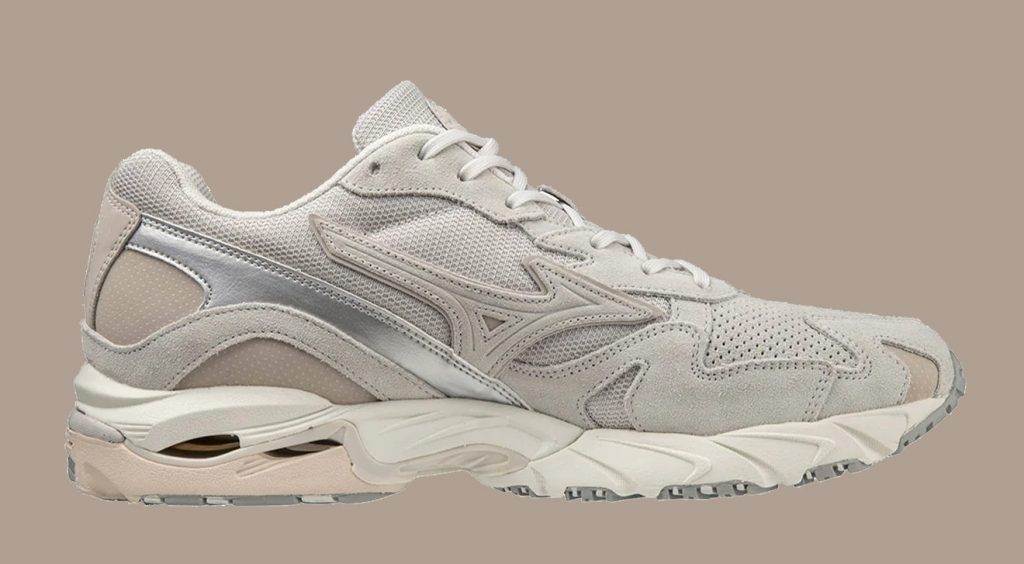Whisper it, but as we sit here on the cusp of April, there might just be a whiff of spring in the air. The evenings are noticeably lighter and the call of the wild is growing stronger. With a new season comes new footwear.
As we begin a series of articles that shine a light on our fave footwear brands, we’ve decided to write about the type of footwear that has in the past polarised opinion, the anti-cool brands that the hype kids sometimes turn their noses up at, at least until someone they’ve heard of collaborates with them.
I sound old. Let’s move on.
Mephisto
The archetypal ‘old mans shoe brand’, Mephisto have been quietly, comfortably doing their thing in our world for a couple of decades now, having been introduced by Oi Polloi. The brand itself was founded in 1965 in the French town of Sarrebourg, a short hop from the German border.
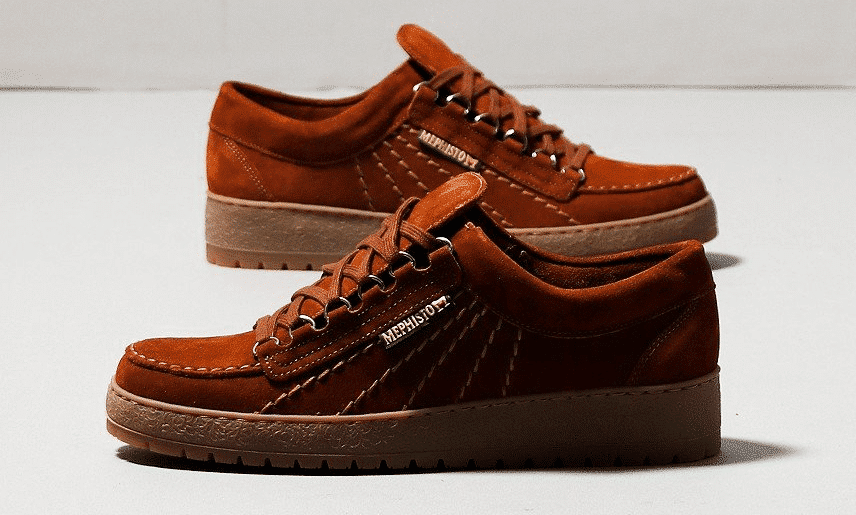
Martin Michaeli was the driving force behind the brand, using his insight as the son of a German retailer to fuel his crusade to make the best footwear money could buy and technology could create.
Fun fact : The name Mephisto links back to Mephistopheles, a demon who features in German folklore.
See Mephisto at Oi Polloi, Terraces and Yards
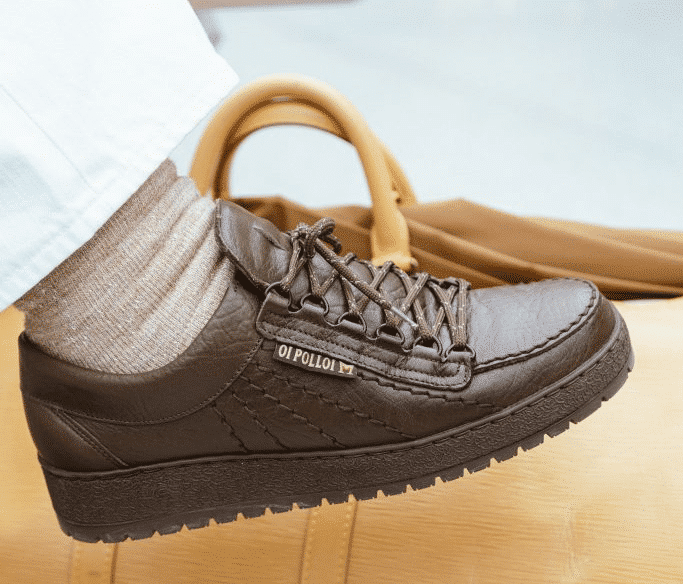
Merrell
Beloved of genuine outdoor types, Merrell‘s recent foray into footwear that will appeal to a more trend-conscious community has been good to see. Working with people like ex-Size stalwart Paul Ruffles, Merrell’s 1trl range has helped raise awareness in circles that otherwise may not have paid attention to the brand.
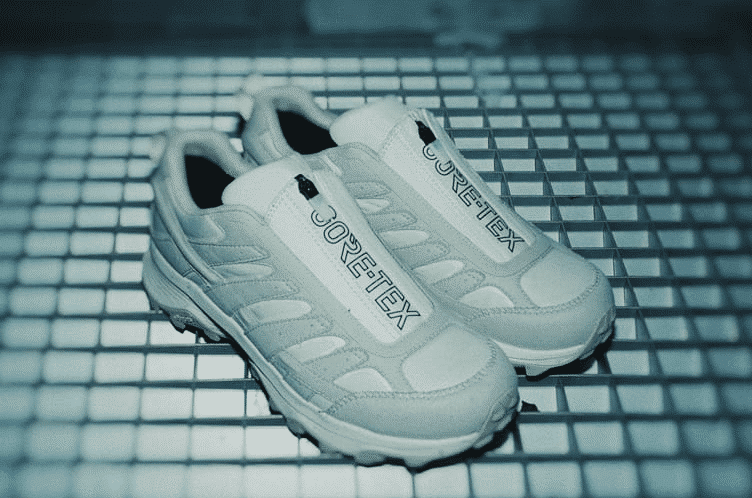
Founded in 1981 when two ex-employees of ski brand Rossignol joined forces with Randy Merrell, an expert bootmaker whose desire to learn led him to Italy, where he studied under the European experts of the time. After five years, Merrell had sold 25,000 pairs of boots and this was a good jumping off point for the man who gave the brand its name. Remaining were co-founders Clark Matis and John Schweizer, who continued to build the brand until eventually passing it onto the Finnish brand Karhu.
Karhu had been around a lot longer than Merrell, having been founded in 1916, and their expertise, infrastructure and contacts helped Merrell prosper. A more commercial offering was created and this led the brand to grow rapidly, increasing its profile and selling in 22 different countries by 1992.
This naturally opened the door of opportunity once again and by 1997 the brand was acquired by Wolverine, a company that specialises in footwear and also owns Saucony, Hush Puppies, Sperry and Keds, as well as their own eponymous line of footwear. Once again a period of growth began and now in 2023, Merrell is known as a name you can trust in the outdoor world, and increasingly, one you can rely on to make a fashion statement, as the lines between outdoor and streetwear begin to blur.
A wide offering of technical footwear is available for all outdoor pursuits, and they look pretty smart too.
See Merrell 1trl here
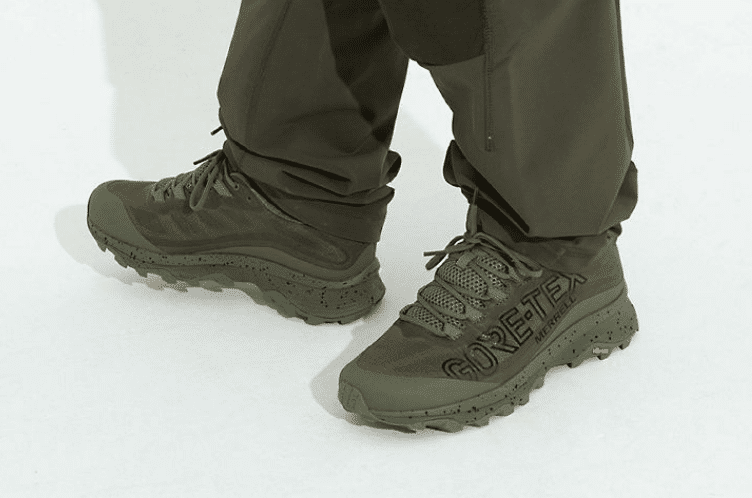
Salomon
With seemingly a new ‘core’ trend every week, the one that seems to have endured is the one with the phrase ‘gorp’ before it. It’s been well-documented here and elsewhere, but the rise in appreciation of the outdoors for the health of both body and mind was fuelled by a pandemic that restricted our exercise activities and had us all reflecting on things in general. It’s fair to say this isn’t a trend anymore but a lasting change in the habits of an entire generation, and in Salomon, they’ve found a brand that reflects what they’re about.
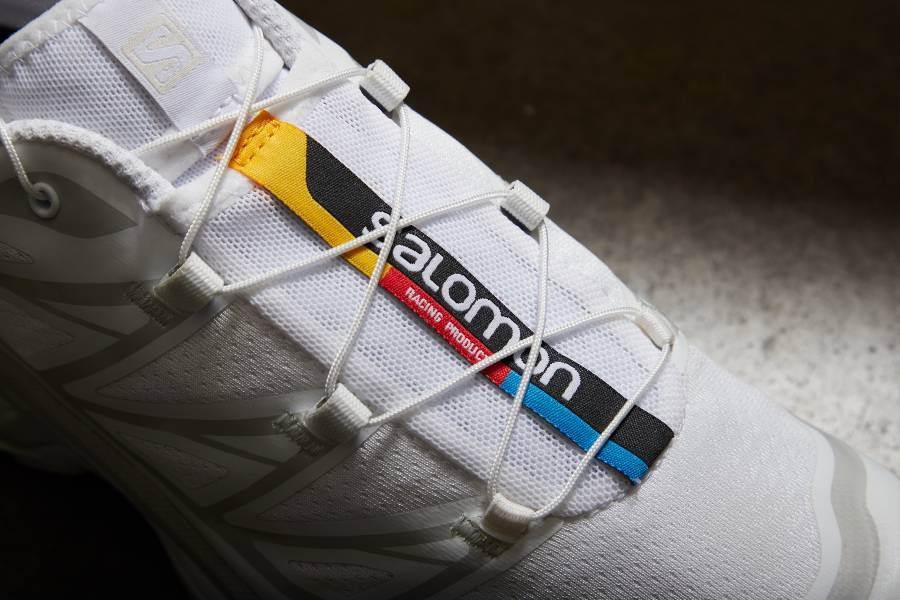
Though Salomon was founded by Frenchman Georges Salomon back in 1947, today it sits alongside Arc’teryx under the ownership of a Finnish company named Amer Sports. This in turn is owned by Anta Sports, a huge Chinese company most of the general public won’t be aware of, but that sits just below adidas and Nike in terms of its sheer size.
Ok, so history/business studies lesson over, what is it that makes Salomon the brand of the moment? There’s always an element of celebrity endorsement and in Salomon you’ll find fans at the top table of influential famous people. Everyone claims this has no bearing on their attitude towards a brand but someone must be paying close attention.
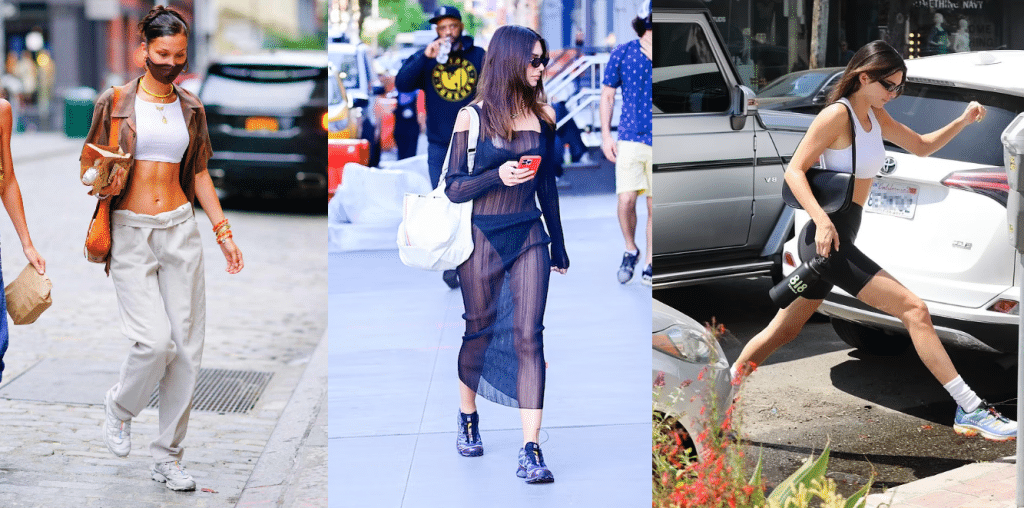
Maybe it’s also just a matter of timing. The more mainstream fashion blogs talk of “the hiking sneakers taking over Hollywood” but who puts them in these shoes? Maybe there’s a secret Salomon gifting team with access to top stars, or maybe these things still have an organic element to them, like the trends that sat in youth cultures of old. One person wears a certain shoe, everyone else appreciates it but envies them and wonders where to get it. Rihanna is credited with having started this all off back in 2019.
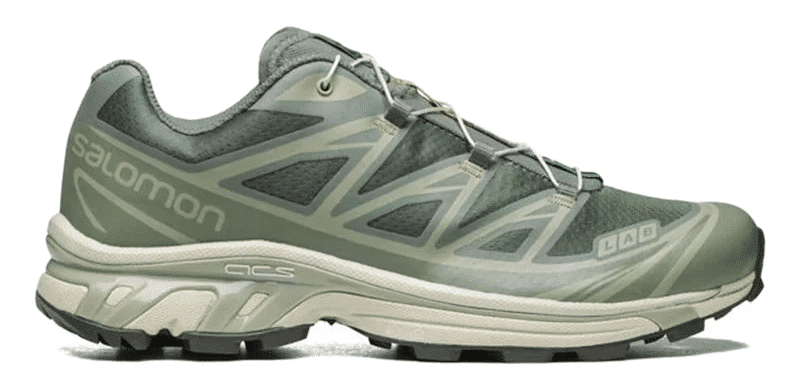
At the root of it all is one truth. If they didn’t look good, people wouldn’t wear them. And as the fickle finger of fashion dictates things go in cycles, maybe people are just feeling trainers that look like this right now?
See Salomon at Fresh, Aphrodite, Yards,
New Balance
Founded in 1906 by Boston-based Irishman William J. Riley, New Balance has always been a pioneer. Over the next couple of generations, the company evolved to become a key player in the athletics market, providing innovative solutions to give competitors an edge. By the time the whole ‘keep fit’ boom hit in the 1970s and 1980s, New Balance had a strong grip on its main protagonists.
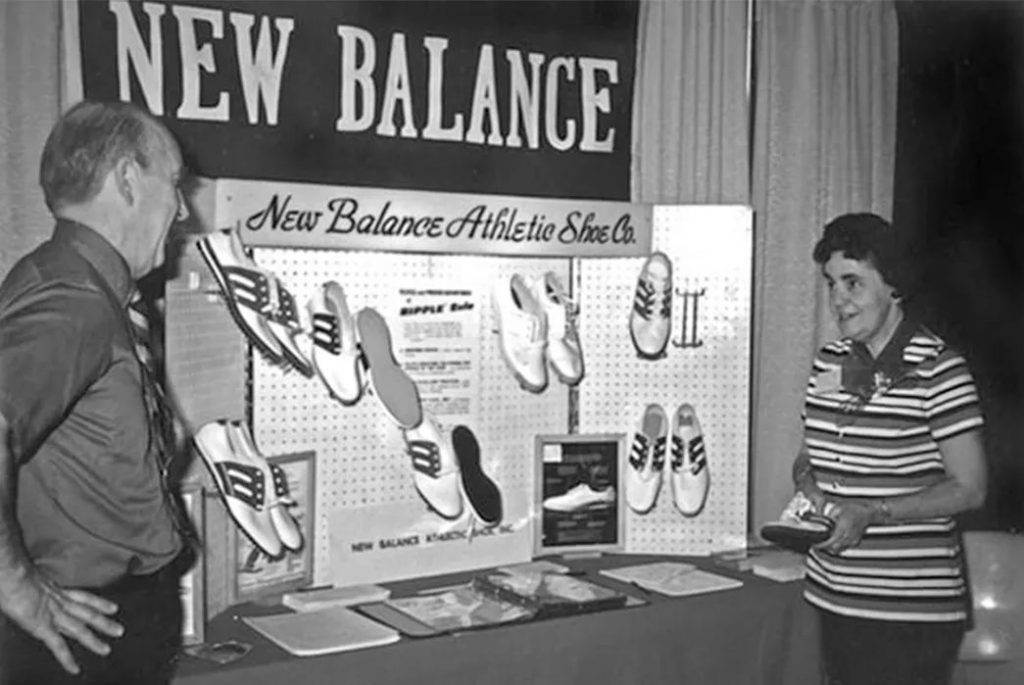
From a UK perspective, New Balance opened up a production facility here in 1982, choosing Workington in Cumbria, followed by the small town of Flimby in the Lake District as its home. As recently as 2017, it was reported that Flimby was manufacturing 25,000 pairs of shoes a week, around 5% of the overall output of New Balance at that time. Though the pandemic may have affected that, New Balance as a business remains buoyant.
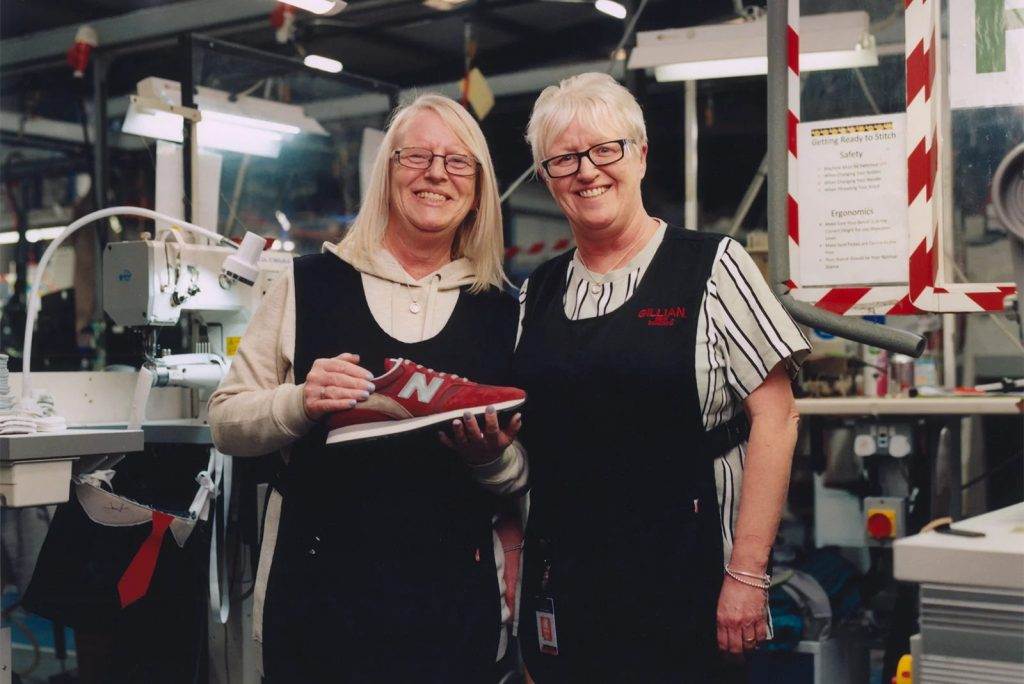
Today, New Balance is strong in the running game, retaining its authenticity by staying close to its roots and doing what it has always done, trying to stay ahead of the pack. However, in the latter part of the 20th century when sport crossed over to street, New Balance were a little later to the party than other famous names. This has been well and truly addressed by the brand in recent years, with Google reporting searches for New Balance Footwear at an all time high recently. If that’s a good indicator of a brand’s popularity, it’s fair to say they’re currently on the crest of a wave. Their re-entry into football has been noticeable, with previous forays into the beautiful game having been on a small scale, perhaps most notably via an endorsement deal with England’s Bryan Robson.
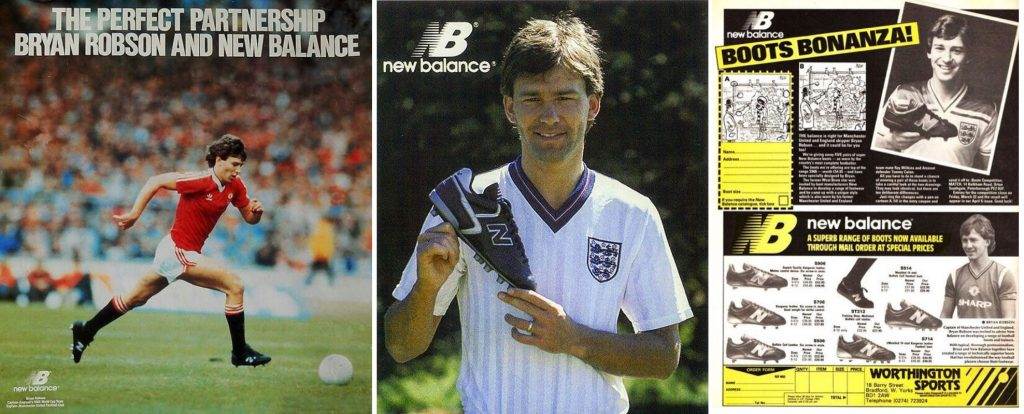
While their competitors are publicly owned, New Balance remains a private concern, with no obligations to shareholders on a large scale. Whether that makes them more agile and open-minded is for people with business backgrounds to speculate on. But it’s true they’re in a period of peak, and that looks set to continue.
The famous N logo first appeared on their 320 shoe, a marriage of nylon and suede which first emerged in 1976. This really announced New Balance to the world and would set a basic blueprint for their footwear for the next few decades.
By 1988, New Balance had released their standout 574 shoe, which went on to become their most popular, perhaps due to it being so wearable away from a sports setting.
Somewhat surprisingly, in 2001 the influential figures in sport had to stand aside and let Apple’s Steve Jobs play at being an influencer, as he famously wore the 991 pretty consistently and in public, at a time when he was photographed often. With the rise of the internet as a place for a new generation to devour culture, Jobs was perfectly and placed as a proponent of a sort of anti-cool ethos that undoubtedly helped New Balance open doors with those appreciative of the whole Dad sneaker trend.
In recent years, as well as their re-emergence in football, the brand has found itself a niche within the skate scene, with its Numeric line. This has helped reinforce the brand’s popularity in a more mainstream setting, as have their numerous well-executed collaborations.
Today, in a time when content is king, New Balance are predictably smashing it, linking up with the best collaborative partners who help ensure the brand projects its ethos in an engaging way. This is vital given most consumers now catch first sight of a product through a small screen in their hand as opposed to in a shop window or on a sporting hero.
They know the value of connecting with a strong narrative, best evidenced when their ad campaign for the release of the 990v5 in 2019 stated New Balance was “worn by Supermodels in London and Dads in Ohio.”
See more New Balance at Terraces, Oi Polloi, Yards, Fresh and Aphrodite
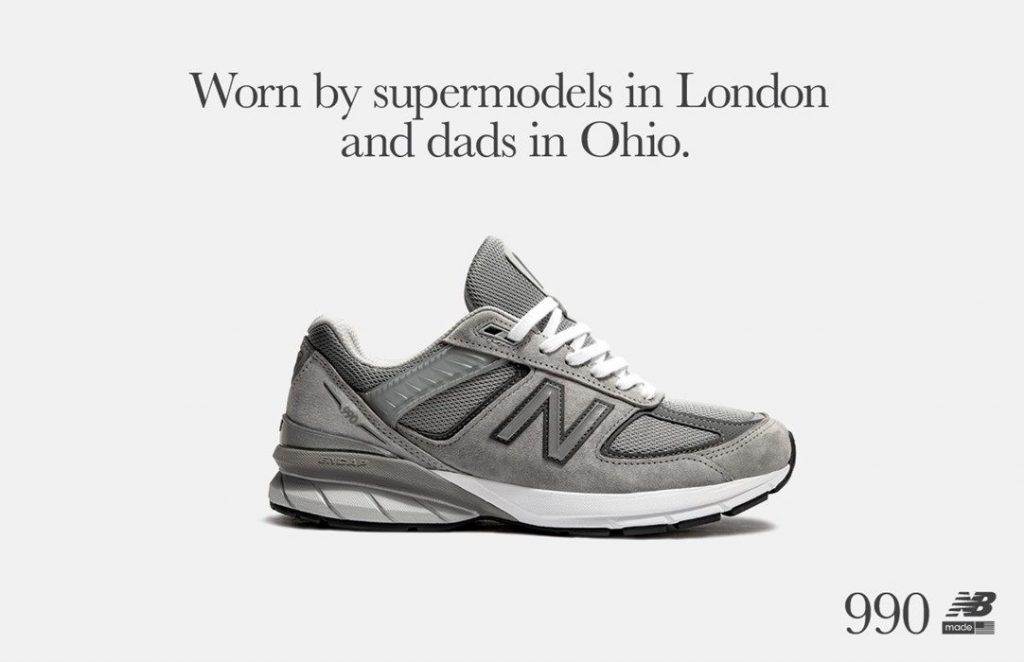
Mizuno
Japan is a unique place when it comes to fashion. Its consumers have a very specific eye for detail, authenticity and heritage, which has earned them a reputation as perhaps the most discerning of all markets. Numerous examples of brands releasing ‘Japan-only’ product are out there, fuelling the view that the country is somehow different, perhaps even better than the rest of us when it comes to clothing and footwear.
While there are plenty of Japanese brands with a contemporary outlook, when you think of Japan, it’s hard to see beyond their love of heritage and history. Paul Smith and Nigel Cabourn enjoy hero status over there and their love of Americana is stronger than that of any other nation, even the Americans.
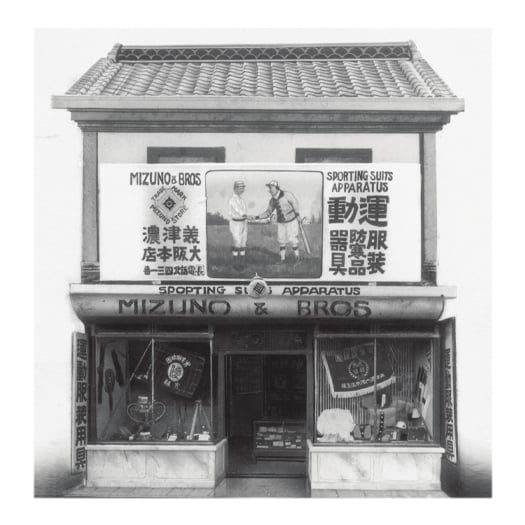
This in particular is at the root of Mizuno’s origin story.
Originally started in Osaka, Mizuno began in 1934, making sporting equipment such as baseball bats, hats and uniforms. Their expertise was soon applied to other sports, with products made for both skiing and golf carrying the Mizuno name from early in their history. The appetite for western goods fuelled their growth initially, though making their own products was what gave them a future as a brand rather than a retailer.
As the second world war disrupted production, it took until 1961 for Mizuno to find its feet stateside, which would always have been a natural progression for a brand that began through a love of western items.
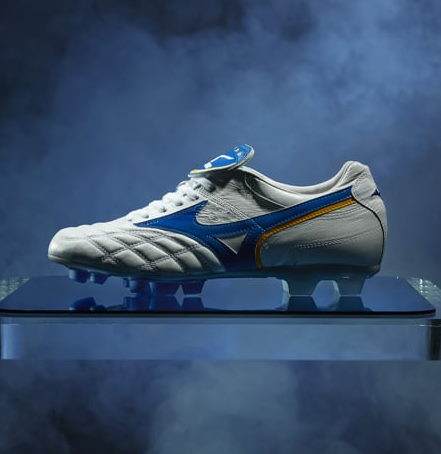
In recent years, the vast market of sneaker appreciators have begun to look beyond the swoosh, the three stripes and even the N logo for something a little off the beaten track. Though Mizuno has been around for almost 100 years, most style-conscious modern day consumers would have associated it more with actual sport, whether it be their favourite niche football star wearing their football boots or their prominence in golf, tennis and athletics. But as ever, compelling product can help a brand cut through. Mizuno have an archive of shoes, particularly from the 1990s, that gives their 2023 incarnation plenty of inspiration.
Their Wave Rider and Sky Medal models in particular look great, and provide those who want to step outside their sneaker comfort zone with something a little unexpected.
See Mizuno at Yards
